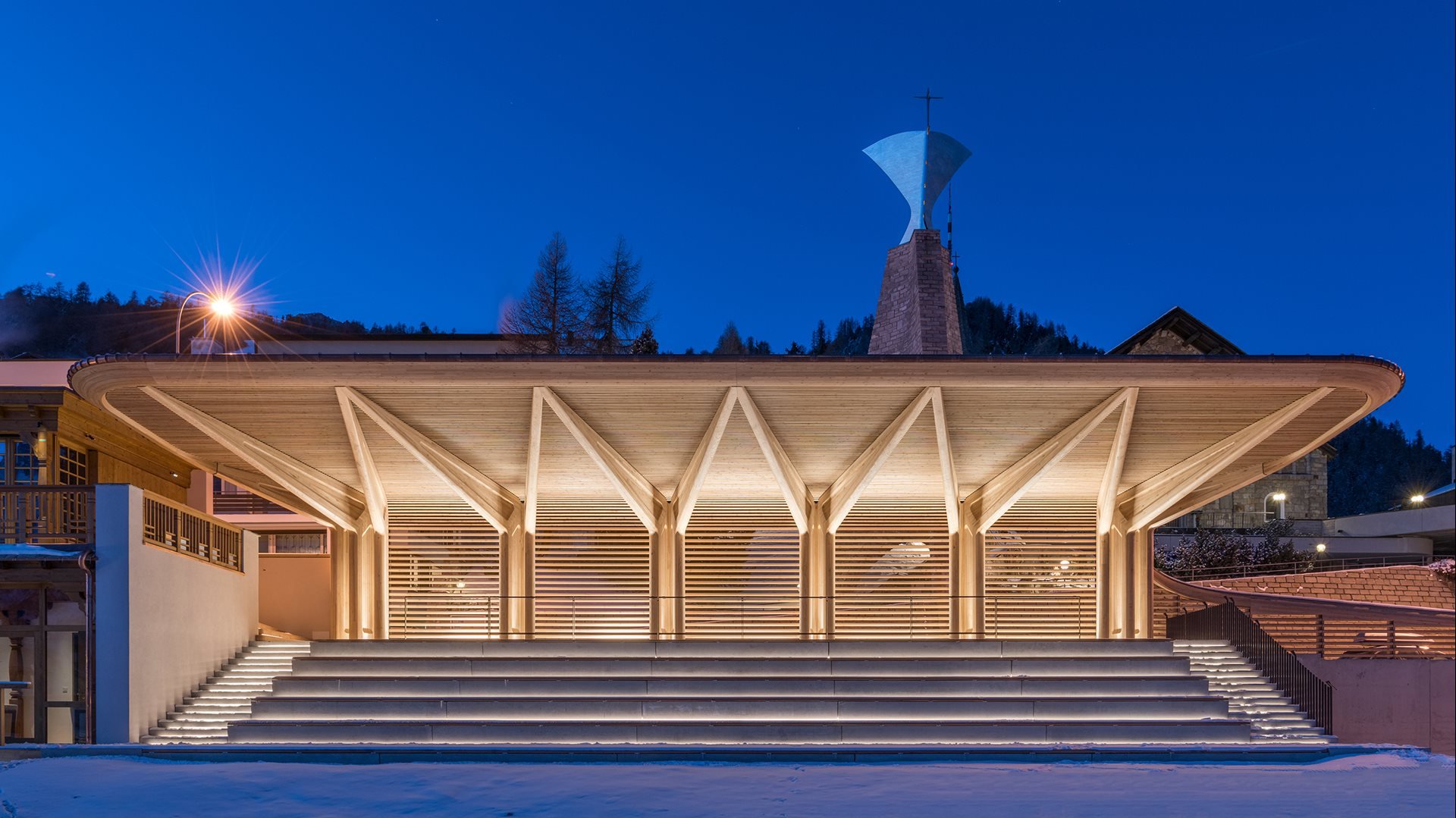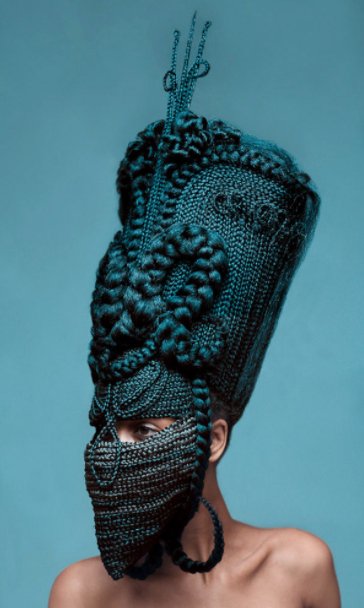Parallel Lines: Taous Dahmani
© Les Rencontres d’Arles, Abdelkader Ouaham, 2022
Federica Belli Photography is still among the most contemporary languages, no matter how many new digital art forms arise. Which forms of photography do you find particularly exciting in these times?
Taous Dahmani It’s an interesting question. On a personal level, I enjoy photography that visually or intellectually challenges me. For a project, it would need to be somewhat of a different answer. For an exhibition, an essay, or something that I put under the umbrella of work, ‘exciting photography’ is when it succeeds in either reinventing the past or, on the contrary, proposing alternatives for our future. What I am generally drawn to are counter-narratives or alternative ways to present more mainstream ones.
F.B. Which is even more relevant in a moment like this one when narratives intertwine and everyone is trying to find out more about her roots while also getting an idea of where these roots are leading. For instance, after facing unstable political situations we often go back to try and figure out what really happened. Precisely when everything seems to be crumbling down, humans try to understand why. And that is when we need as many viewpoints as possible.
T.D. Whether we like it or not, photography has a very special relationship with ‘the real’ and the narrative ‘reality.’ As Fascists and alt-right politics gain more and more power in Europe and elsewhere, it is becoming increasingly important to look at, listen to, and ultimately make sure a broad variety of people are given a platform to express themselves. Complexity and diversity are still good opponents to monolithic thinking.
How to respond to that 1930’s nostalgia? For me, image makers, artists, and photographers can open up new approaches, new visions, and new perspectives. Not thinking, naively, that images can change the world, but believing that images have an impact, so we better think about/with them.
F.B. After all, though we are all invested by the same events in a way, only certain groups of people have gained access to the right and the means to express their experience. These are values your work is influenced by, both as a writer and as a curator. How do the two practices intertwine in terms of underlying objectives?
T.D. In all ways. I don’t think that I’m really capable of truly thinking without taking the time to write. It’s a brilliant way to process external information—maybe it be conversations with artists in the case of curating, or the books and articles I might read in the case of writing. Both curating and writing are conversations or dialogues with viewers/readers. That’s why I probably prefer to consider myself a translator of sorts rather than a writer or curator. I’m obsessed with complex ideas conveyed in a simple and accessible way. My favorite writers are brilliant because they are able to do so. It’s so easy to hide behind fake intricacy—and super-elitist, if you ask me. That’s why I like the idea of translation—both in curating and writing—making sure ideas are truly grappled—and not just by a happy few.
F.B. What you are saying comes across in your work. When visiting the show of the Louis Roëderer Award you curated in Arles, it was evident how the written parts were fundamental to the curatorial approach. The captions and the introduction for the projects really made it come together as a sort of single organism composed of different projects. Receiving so many applications to the open call, I guess you adopted some parameters to guide your selection of projects to be shown. I am curious about the principles that guided your selection.
© Les Rencontres d’Arles, Abdelkader Ouaham, 2022
T.D. We received 280 applications, and honestly, it is extremely tough to view or understand a body of work based on a single PDF. It took me almost three weeks to really understand the details of each project and make a first selection. At that point, I sat down with the director of the festival and members of his team in order to go through the portfolios I felt strongly about. We talked for a day, and through that process, started getting an idea of the challenges of such a show but also what it could maybe be. If you consider the exhibition through the prism of the award only, it becomes evident that you need to make sure that the ten selected bodies of work are fairly different from one another—both visually and in discourse—that their individuality was highlighted. I also realized that if I wanted to make that award show into an exhibition like any other in the festival, a theme-based or genre-based approach didn’t work, either.
So the selection process was mostly about finding a balance. I also wanted to champion small spaces and galleries. At the end of the day, it was also about heartfelt reactions to the works that I was encountering. The show talks about politics, but it kickstarts the conversation from what is most intimate and personal in order to open up the conversation about the politics of one’s position, situation, identity etc. After all, our way of encountering people is through emotional interaction in one way or the other, if it makes sense.
F.B. It does make sense. In a way, how can you communicate factual information if not through empathy? Think of the climate change issues. We have been communicating these problems in a factual way for years and it has not worked at all. What does touch us are the emotions of someone else and realizing they might touch us, too, at a point.
T.D. Historically, photographers have been using emotions to make their point. There’s an equilibrium to find in order not to fall into the exploitation of feelings. And also, to make sure the emotional integrity is on both sides of the camera.
F.B. This somehow boils down to honesty, and it is more relevant than ever in the case of exhibitions. If the work is not honestly confronted the outcome really cannot touch the viewers. Also, extremely important aspects of it all lie in the sustainability of the production process and the space given to new voices.
I am very glad we talked about it, as the text in your latest exhibition really communicates the works in an honest and compelling way. The words you use help the viewer to distinguish those feelings which, though belonging to the personal sphere, can intersect with wider society. Which exciting opportunities are unknown photographers presented with these days?
© Les Rencontres d’Arles, Abdelkader Ouaham, 2022
T.D. Like any ethical question, it’s a complicated one. In the specific context of the Discovery Award, I have to thank Christoph Wiesner, Arles’ Director, for using his platform to champion others. In France, the shift of awareness about the politics and ethics within the art/photography ecosystem is happening, but very slowly. If new opportunities arise, the question is how to make them more sustainable. We can’t fall for ‘performative wokeness.’
It’s not about that one invitation, that one show, that one prize, that one opportunity. It’s about the long run, isn’t it? That’s how ‘worlds,’ to cite Howard Becker, are actually transformed. So, it probably comes down to putting your money where your mouth is: staff/salaries, acquisitions/collections. Institutions are made by people. If those people are all the same, be it in terms of ethnicity, class, sexual orientation, religious views, or political beliefs, then you have a problem.
If we’re not changing the people in charge of institutions, the landscape is not really changing in a sustainable way. A long history of activism is forcing the States’ institutions to evolve, especially with key nominations in key roles. I’m not exactly sure what direction Europe is taking right now. To go back to Arles, I didn’t see the invitation to be about curating a show, but rather about creating real opportunities for the people involved, or at least actual guidance. It is not enough to give someone a microphone. You also have to teach them how to use it and how to make sure you get it back once it went around the table, if you understand the metaphor. The art world loves a ‘new shiny thing’ but is not always very good at helping it grow safely and sustainably.
F.B. I do feel like acquisitions are quite undervalued in the conversation about emerging artists. Once a work is acquired, it becomes part of an archive. Exhibitions are temporary and what remains are the archives.
T.D. Definitely. As a photography historian, I would have not been able to discover some artists, had I not been able to at least stumble upon a piece of ephemera, at best an actual artwork. Mark Sealy, the Director of Autograph ABP in London, helped me realize how publishing with an ISBN is also a key way to make sure history doesn’t forget you. These publications then go on to the British Library and the Bodleian—and stay there forever. There will always be a trace even when exhibitions disappear, or people disappear.
F.B. And we all agree that change is taking place, though it is taking place quite slowly. Opposition to change grows along with change, and the first form of opposition is generally against the young. When one is young, it is extremely hard to be seen as trustworthy in handling ideas and power.
T.D. Yet, I am very hopeful. And I feel you are too.







